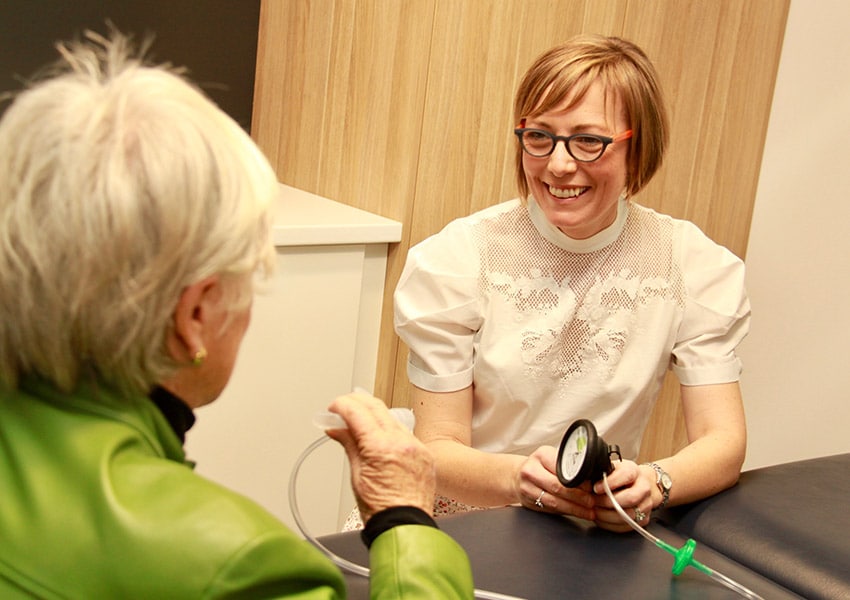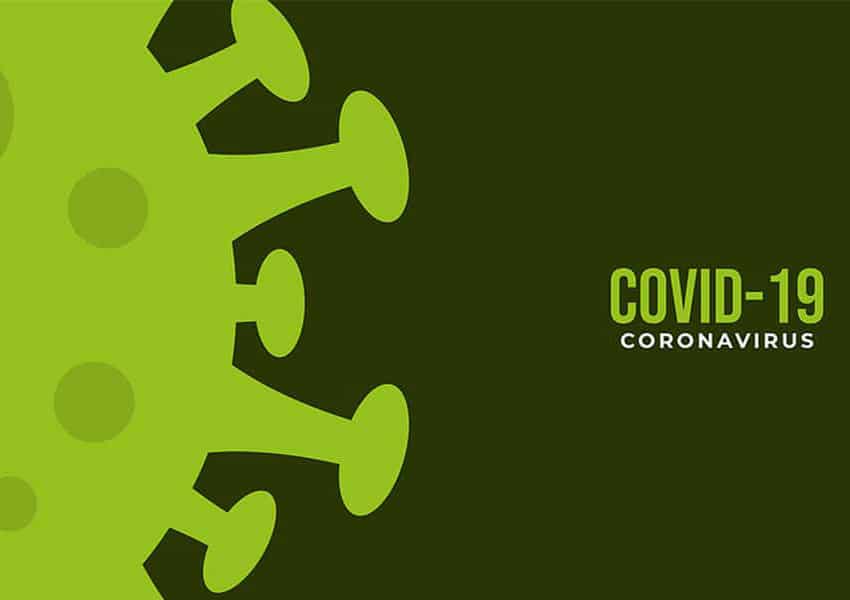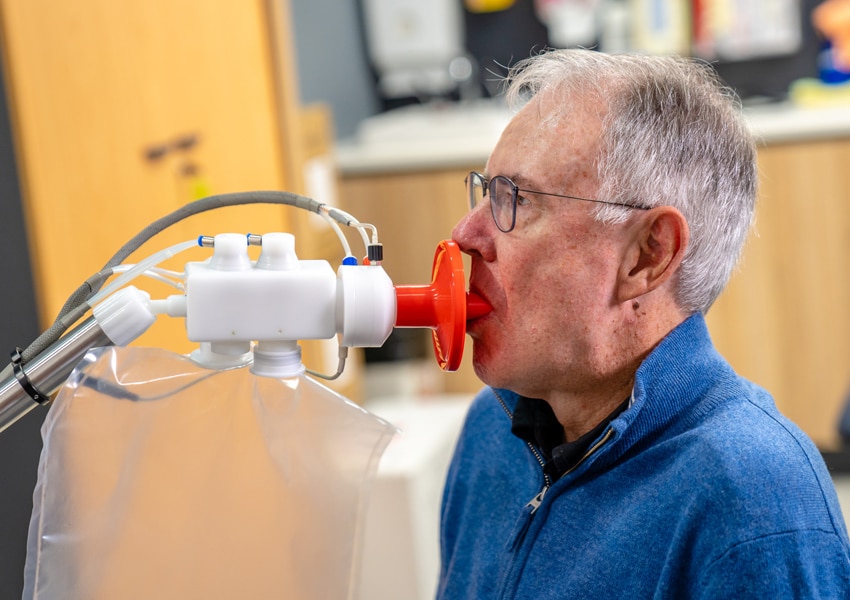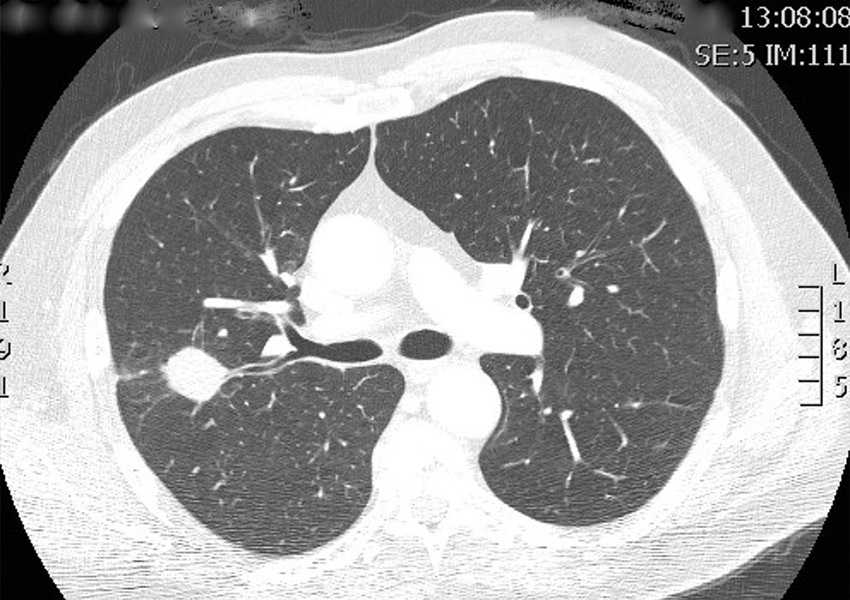What is bronchiectasis?
Bronchiectasis is a lung condition affecting the airways of the lungs. The airways become widened and floppy, leading to a large amount of mucous build up, resulting in recurrent infections. It can affect you at any age but is more common in women and the elderly. It can also start from early childhood.
What Causes bronchiectasis?
Lung infections that damage the airways such as pneumonia, whooping cough and tuberculosis are a common cause of bronchiectasis. The damage may have been in the distant past and even early childhood.
Bronchiectasis can be a complication of some lung conditions such as Chronic Obstructive Pulmonary Disease (COPD), pulmonary fibrosis (lung scarring), and conditions that reduce the lung’s ability to clear mucous. Bronchiectasis can also develop in people with asthma who have an allergy to a type of mould called Aspergillus.
Other conditions which can be associated with bronchiectasis include: immunodeficiency and auto-immune conditions such as rheumatoid arthritis or inflammatory bowel disease.
However, in many cases the cause is not known. This is called “idiopathic bronchiectasis”.
What are the symptoms?
Many symptoms of bronchiectasis are similar to other lung conditions. For this reason,an accurate diagnosis is essential to making sure you receive the correct treatment.
The classic symptom of bronchiectasis is a persistent wet cough. The mucous that is coughed up can vary in colour, consistency and volume. The build-up of mucous in the lungs provides a welcome environment for bacteria to grow. This means that it can lead to recurrent chest infections. If you get an infection in the chest, the mucous usually becomes discoloured, thick and you may cough up greater amounts. If you have bronchiectasis, you are at higher risk of serious lung infections such as pneumonia.
What tests are there for bronchiectasis?
A CT scan of your chest is the best test to assess the structure of the lungs and airways. This is helpful to aid the diagnosis of bronchiectasis.
Other tests are useful to assess bronchiectasis and assist to determine the best course of treatment and these include:
- Blood tests to assess immune function and look for markers of underlying conditions that cause bronchiectasis
- Phlegm (sputum) sample to test for infection
- Lung function test to determine how well your lungs work
- Bronchoscopy where a small camera (scope) is used to look on the inside of your lungs while you are asleep. This can be very useful to identify the type of infection
How We Can Help
Although there is no cure for bronchiectasis, there are great treatments available that can keep your symptoms well controlled and keep you feeling well. Effective treatment is important and maintains your normal lung function. Breaking the cycle of mucous build up and repeated infections and flare-ups is a key part of your treatment plan.
Respiratory physiotherapists at Lung Life have expertise in modern and effective techniques in clearing the airways of sputum. They can teach you breathing exercises to do at home. Physiotherapy is important therapy to assist in reducing the risk of flare-ups. Special devices or medications may be prescribed to break up your mucous to make it easier to cough up.
Respiratory physiotherapists work closely as a team with the respiratory specialists to optimise your lung health. During flare-ups we may prescribe antibiotics to treat the underlying infection. Most often these are tablets or capsules taken by mouth but inhaled antibiotics or antibiotics given by a drip into a vein may be required for some infections.






